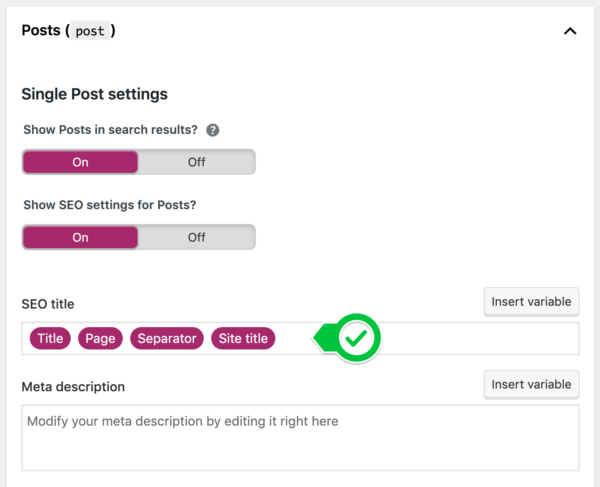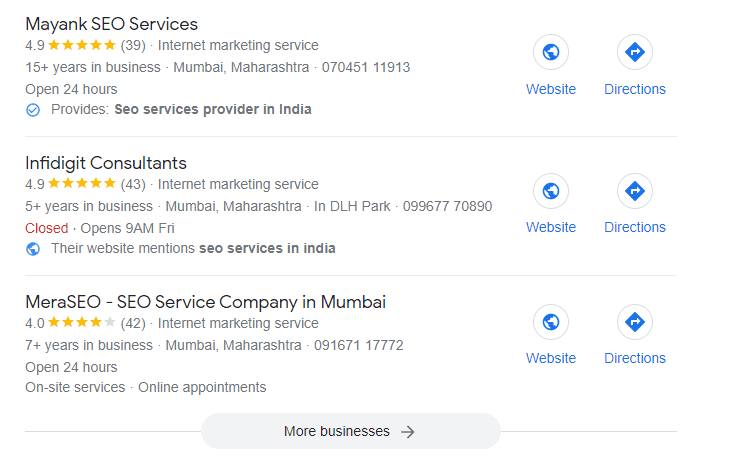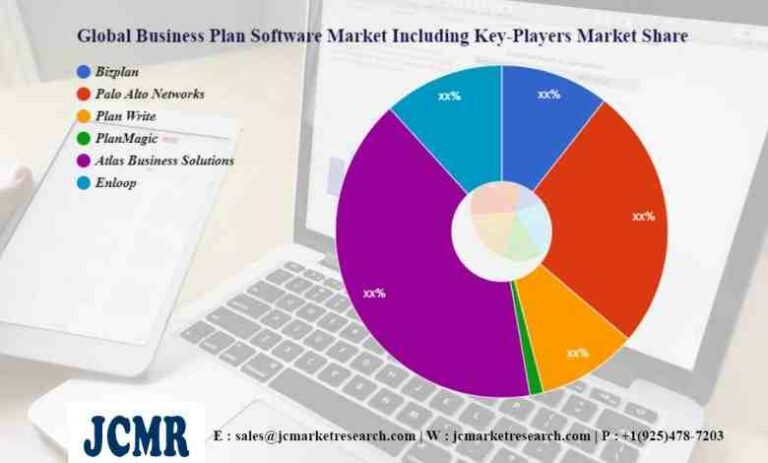Local SEO Guide in 15 Steps: How to Find Hidden Opportunities
1. Check For Google Penalties
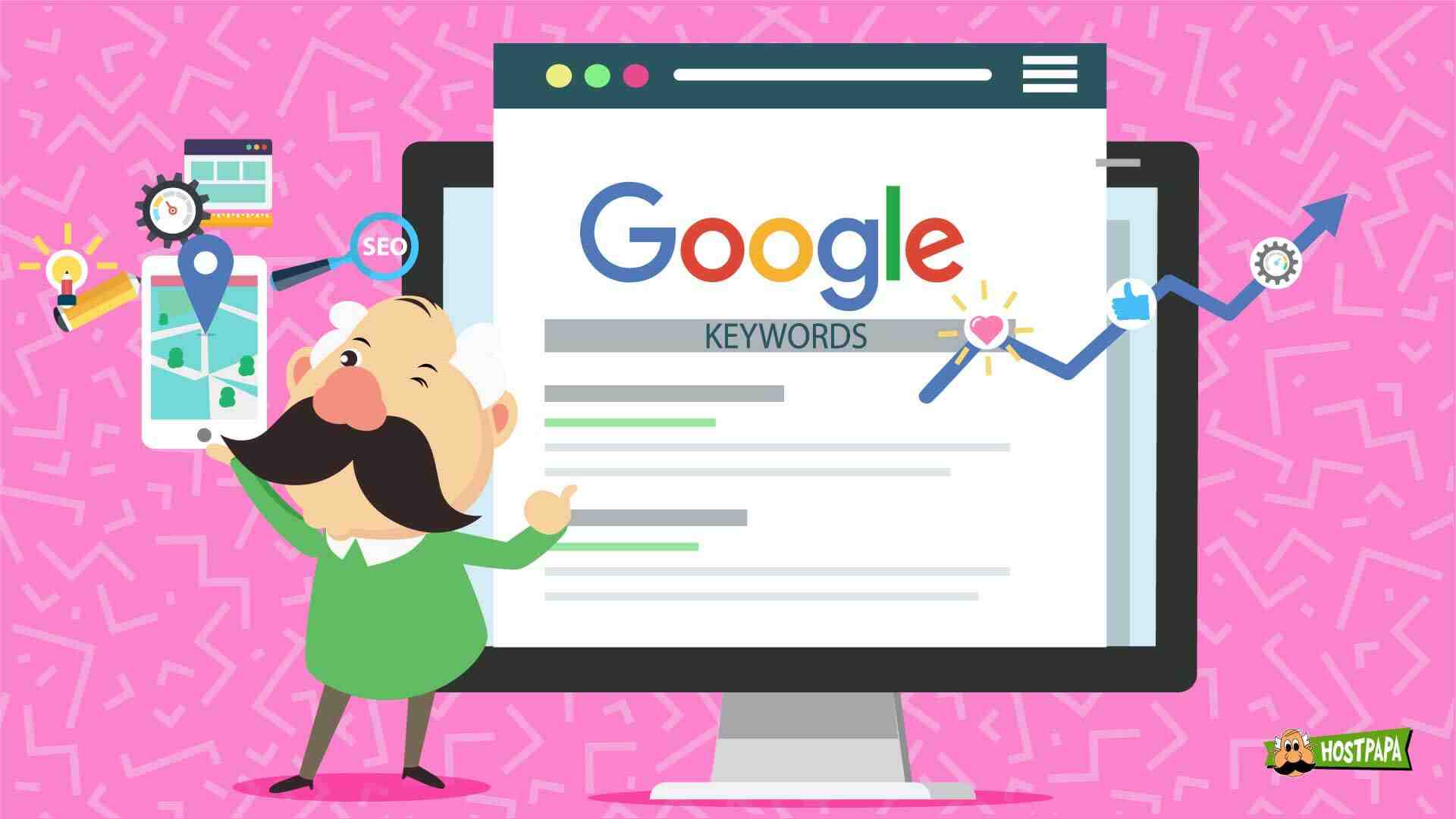
The first step is the easiest place to look for a hidden opportunity to help skyrocket your rankings. Is your website currently under any penalties from Google?
To check for penalties, your website must be connected to Google Search Console. If not, you or the site owner will need to connect and verify first.
Log in to Google Search Console as the site owner and select the website you are exploring in the Search property.
Screenshot from Google Search Console, August 2022
Then, in the left sidebar, click on Security & Manual Actions and select Manual Actions.
Screenshot from Google Search Console, August 2022
If it says, “No problems found,” great!
If it says anything else, you have your first batch of problems to solve.
2. Run A Keyword Audit
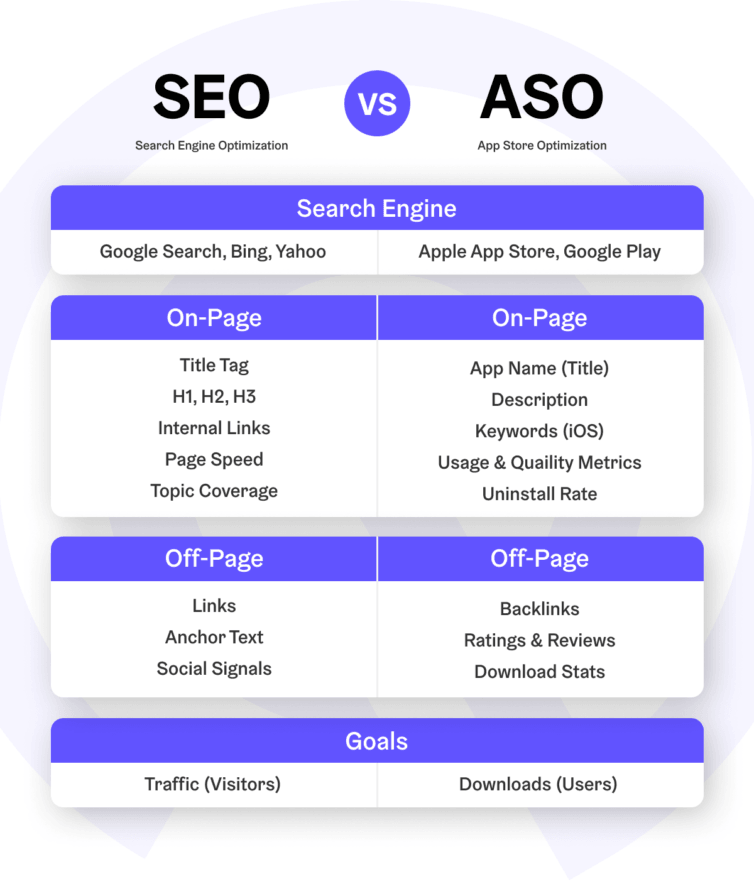
This is your first exciting journey into finding hidden opportunities with local SEO. There is a lot you can discover and improve within this step!
For this step, you will need a list of keywords that you want to rank for.
You can probably extract some of those keywords yourself.
For example, if you have a bakery in London, that’s already one relevant keyword candidate – “bakeries in London”.
Once you’ve found your keywords, check them for two things:
Let’s start by finding out keyword rankings.
How To Discover Keyword Rankings
First, you need to determine if your website appears on a search engine results page (SERP) at all. Your ultimate goal is to appear on page 1 or in Pack 3.
You can try Googling the keywords from your keyword list one by one, but it will be faster to use an SEO tool and check them all at once.
Screenshot from WebCEO.com, August 2022
Simply scan your site rankings in the WebCEO Rank Tracker tool.
The settings of this tool allow scanning in specified locations, which is exactly what we need for local SEO.
It can even detect more interesting search results such as the local pack, hotels or Information Panel.
When you get the report, look at the Position and SERP columns; they show where your site ranks.
It doesn’t hurt to just check the monthly local searches column, as it shows how often users type those keywords into Google.
If none of these columns are in the report, press the Manage columns button to add them.
Screenshot from WebCEO.com, August 2022
Now, let’s analyze your keywords for user search intent.
How To Discover Keyword Search Intent
Search intent is about understanding what potential shoppers type into Google to get different results that match what they want.
For example, a shopper might type in “buy blue iced sugar cookie in London” – this type of search has a “Transactional” intent. You want to make sure your keywords are relevant to transactional or commercial intent.
So ask yourself these questions:
Now that you understand your position within keyword searches and the intent behind those keywords, you now have the information you need to modify your content strategy to boost your website’s rankings.
3. Check Your Google Business Profile
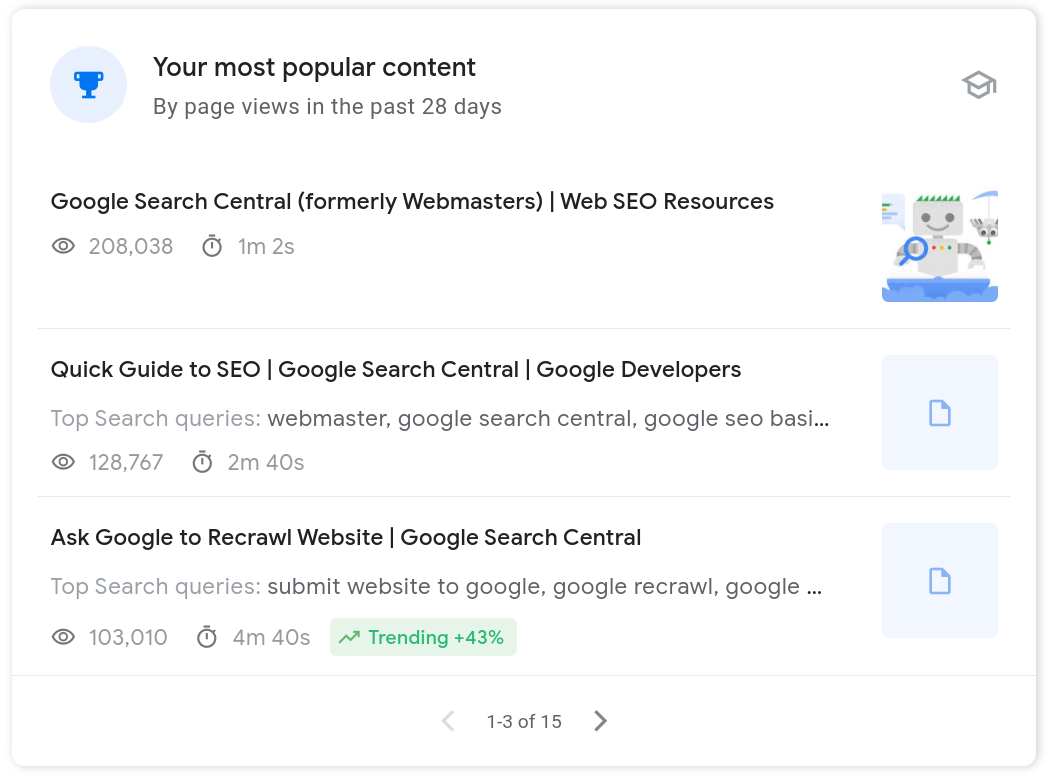
First, do you or your customer have a Google Business Profile (GBP) listing?
If not, that’s really bad news for your local SEO. Setting this up is a quick win for your local search efforts, making it a great hidden opportunity!
If you do, log into your Google Business Profile and find out:
Is Any Information Missing From Your Google Business Profile?
A blank field in GBP is a hole in your local SEO. All fields should be filled in with accurate, up-to-date information about the business:
Are Keywords Present & Used Properly On Your Google Business Profile?
Keywords (especially local ones) are a big ranking factor in your GBP.
They can ensure that your business appears in Google’s highly competitive local pack.
The catch is, you can’t just put them in the title and call it a day: that goes against Google’s guidelines, which require the real-life name of the business to be used.
However, craftier owners only include keywords when naming their businesses. It’s a perfectly valid escape route that meets the guidelines and ranking algorithm.
The only thing you have to worry about is that the name sounds natural.
Screenshot from Google, August 2022
GBP categories should also include relevant keywords. Putting them in the description is optional, although encouraged.
Are Photos & Other Images Uploaded On Your GBP?
There are a variety of images that you can upload to your Google Business Profile. The more you have, the better.
It goes without saying that all images should be of high quality.
Video also deserves a mention as another form of visual. If there are any, look at them, and see if you can find any problems.
What Is The Posting Activity Like?
GBP allows you to create posts to communicate with your target audience. View the posting activity on the page.
Posting once a month is considered the minimum, so ask yourself these questions:
Frequent and varied jobs can ensure that this feature is used effectively. It is also good to have links, photos and geolocations in the posts.
Is There An FAQ Page?
FAQs are a powerful asset for any website, and customers are guaranteed to have questions.
4. Find On-Page SEO Issues

On-page optimization is extremely important, making it a great hidden opportunity – especially if your competition isn’t doing this.
We admit that it can be a lot of work, and there’s also a lot of room for mistakes, but if you get them right, you’ll come out on top!
Don’t spend any time dealing with problems. Find them all in WebCEO’s Site Issues Overview report.
Screenshot from WebCEO.com, August 2022
This tool will scan all site pages at once, so you can catch all SEO errors on the page.
For a local SEO audit, here are the most important issues to keep an eye on:
Of course, any other issues highlighted in the report should not be ignored. All of them have a negative impact on site rankings.
5. Perform A Backlink Audit
Backlinks are the most powerful ranking factor of all, making it, you guessed it, a hidden opportunity to rank higher than your competition.
Backlinks can make or break your SEO, even when you’ve done everything else right. No SEO audit is complete without a backlink analysis, and local SEO is no exception.
So hurry up. Scan your link profile with WebCEO’s Backlink Checker.
Screenshot from WebCEO.com, August 2022
Once your report is ready, it’s time to evaluate your backlink profile.
Based on this analysis, you will be able to fix the flaws in your customer’s link building strategy.
6. Evaluate Your Online Reputation
A local business lives or dies by its reputation among customers. Good thing we have the internet, right? There’s no place like it to find out what people think of you, and to lose all sleep.
Hopefully your customers will keep sleeping well after you do this step. What should you check for?
Collect Reviews For Your Website & Potential Keywords
Any self-respecting local business should be collecting customer reviews on its website. Positive and negative reviews, detailed feedback – be sure to pay attention to everything. A review is especially valuable when it comes to the keywords your site is leading for.
The Google Business Profile review section is another place you can’t overlook. And if your client has created listings for their business on any review platforms, be sure to check there as well.
Be Sure Ratings Are Included In Your Reviews
Where there are reviews, there are usually star ratings on the same page as well. In fact, paired, they are very beneficial for SEO.
But it’s also common for business directories to show rating scores separately from user reviews.
If your client’s website appears in Google’s local pack, that’s the fastest way to see your client’s rankings. Of course, a thorough local SEO audit will require more information from other locations.
Get Notified When Your Brand Is Mentioned
Everyone wants their brand to be the talk of the town. The problem is, there’s only so much you can hear with your own ears and only so much self-Googling you can do on your own.
Thankfully, there are tools to get the word out on the e-streets.
Who, where, what, and when – find your online citations with WebCEO’s Web Buzz Monitoring tool. Add the keywords related to the local business whose SEO you are investigating (its name will do best). The tool will show you the sites and tweets where it was taken.
Improve Social Media Engagement
If your client has created social media pages for their business (as anyone should), you need to look at them as well.
How do you know if they are being run well? Give your judgment by answering these questions:
As a general rule, a lot of activity (from the owner and users) on a social media page is good. If you find any problems there, write them down.
7 – 15. Download The Free Local SEO Guide
Want more expert tips for a DIY local SEO audit?
Download your local SEO guide below. With this and pro-level SEO tools at your fingertips, you’ll be able to assess the local SEO situation of any website – whether it’s yours or your customer’s.
This guide was created exclusively for WebCEO users. Register now to enter the world of experts!
The opinions expressed in this article are those of the sponsor.
How Much Does Local SEO Cost on Average? For a one-time project focused on analysis, research, cleanup, and optimization the average price for a Local SEO project would be between $300 – $1500 with an average price around $750.
How do you rank up near me keywords?
How your "Near Me" Search
- Update Google Business Local page listing.
- View customer feedback with reviews.
- Display business information.
- Check for consistency.
- Use Schema to represent events in SERPs.
- Optimize photos for location based searches.
- Make your website mobile-friendly.
How do I use SEO near me keywords? It’s natural for a customer to use that phrase, but it’s weird if you say “next to me” in the first person voice on your site. Use “near you”. . Google will get the idea, and you won’t confuse people. 4.
Is local SEO paid?
Local SEO usually costs between 5000 and 10000 per month. This often includes pay-per-click advertising or highly targeted social media efforts to reach geographic audiences.
Do you need money for SEO? Technically, SEO is free. You are not paying money for SERP placement. Google ranks content based on several factors including the E-AT-T triad: Expertise, Authority, and Trust. They are going to rank highly those who are seen as valuable resources to users.
How much does local SEO cost per month?
In 2021, the average SEO cost for local campaigns was around $1,000 per month, while nationally targeted SEO campaign costs averaged $2,500 – $,7500 per month. The cost of SEO services varies depending on the complexity of the keywords and services included.
Is SEO a paid service?
The average cost for project-based SEO services is between $1,000 and $1 million and higher. Smaller companies using local SEO could spend around $1,000 per month per project. Larger enterprise-level companies can expect to pay millions of dollars per month.
How much does SEO services cost?
Average SEO costs are $100-$250 per hour for US SEO agencies. SEO costs often range from $2,500 – $10,000 per month for US agencies. The average SEO plan costs $2819 per month (per Ahrefs) SEO companies abroad may charge $10-$50 per hour.
Is SEO paid or unpaid?
Most people search online before they buy anything so a strong search presence is key and using a strategic mix of both can increase your visibility in the long term. SEO is about organic traffic – so unpaid or free listings, while SEM is for targeted ads that you pay for.
Do you have to pay for Google SEO?
There is no cost to appear in organic search results like Google, and making changes to improve your website’s SEO can have a big impact on your search rankings over time. Learn more about how Google organic search works and get tips to get started here.
Is SEO free of cost?
| Type | Cost | Who uses it? |
|---|---|---|
| DIY THIS | Free | Solopreneurs |
| Free SEO | $500 to $3,000 per month | Small businesses |
| Mid-range SEO | $3,000 to $15,000 per month | Established businesses |
| High-end SEO | $15,000-$30,000 per month | Websites that have a large amount of traffic |
What is the local SEO checklist?
Local SEO: Optimizing Your Website On the contact page include the full name, address, and telephone number (NAP) for each location. For businesses with fewer than 10 locations, list all addresses in the website footer. If you do not want your business address included for privacy reasons, do not publish it.
What is local SEO? Local SEO is a search engine optimization (SEO) strategy that helps your business become more visible in local search results on Google. Any business that has a physical location or serves a geographic area can benefit from local SEO.
What is local SEO checklist?
Local SEO checklist / cheat sheet Build backlinks that include a site in anchor text (but don’t overdo it!) Create quality content that references your local area. Try to find local coverage online. Make sure your website performs well on mobile.
What is the difference between SEO and local SEO?
Here’s the difference. While traditional SEO focuses on improving your site’s visibility on a national or global scale, local SEO allows you to capture local search territory to connect with searchers in your area. SEO and local SEO use many of the same strategies.
What three things are involved in local SEO?
Common local SEO tasks include finding local keywords, optimizing a business’s Google My Business profile, and building a “NAP” citation.
What are the 3 components of SEO?
The three main components of SEO are: Technical SEO. On-page SEO (or Content SEO) Off-page SEO (or Links)
What are the 3 stages of ranking?
Introducing The 3 Phases of the SEO Tune-Up phase. Construction Phase. Step Wide-Out.
What are the steps in SEO operations? The SEO process includes six general steps: Research, including business research, competitor analysis, current situation assessment, and keyword research. Planning and strategy, including decisions on how to handle content, create links to the website, manage social media presence and technical implementation strategies.
What are the top 3 ranking factors?
In no particular order, the top ranking factors on Google are: Quality content. Mobile-first. Page Experience.
What is an SEO strategy?
SEO strategy is the process of organizing website content by topic to improve the likelihood of appearing in search results. Basically, it is the process you follow to maximize the opportunity to get organic traffic from search engines.
What is the meaning of SEO strategy?
SEO stands for search engine optimization, which is a set of practices designed to improve the appearance and positioning of web pages in organic search results.
What is SEO and examples?
Search engine optimization (Senior) is the practice of getting targeted traffic to a website from organic search engine rankings. Common SEO tasks include creating quality content, optimizing content around specific keywords, and building backlinks.
What are the three stages of ranking?
The three stages of ranking are: discovery, relevance and authority.
How many stage are in SEO?
These steps not only describe the state of the business or website, but also the metrics you will be targeting to push them into the next step. Let’s explore the three phases of SEO: visibility, acquisition, and engagement/conversions.
What is SEO hubspot?
Search engine optimization (Advanced) refers to techniques that help your. The website’s ranking is higher in organic (or. ânaturalâ) search results, therefore. make your website more visible to people looking for your product or service through search engines.
Which of these questions does keyword research help you answer?
Keyword research provides you with specific search data that helps you answer questions like: What are people searching for? How many people are searching for it? In what format do they need that information?
